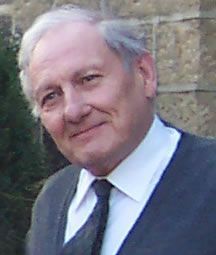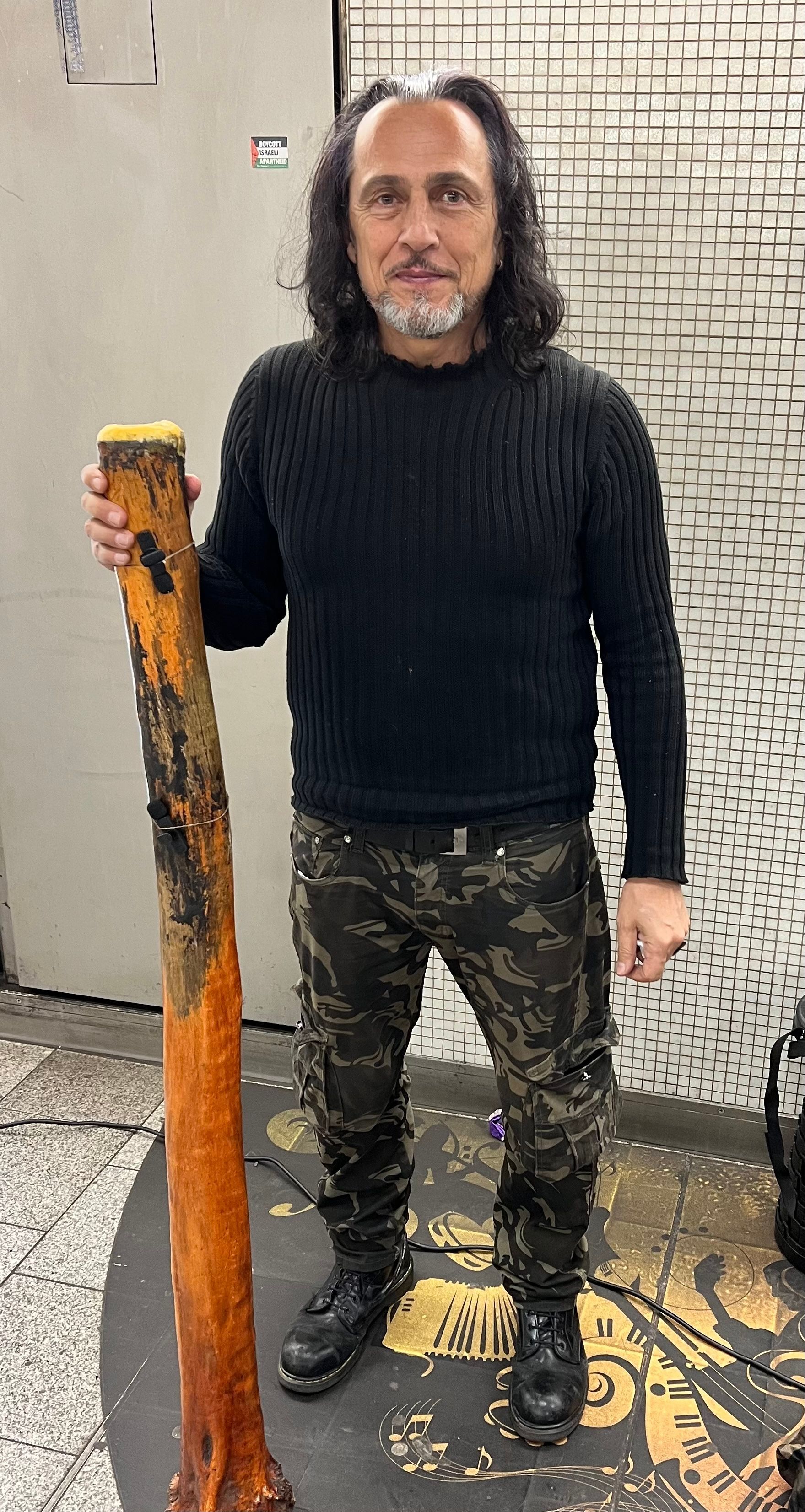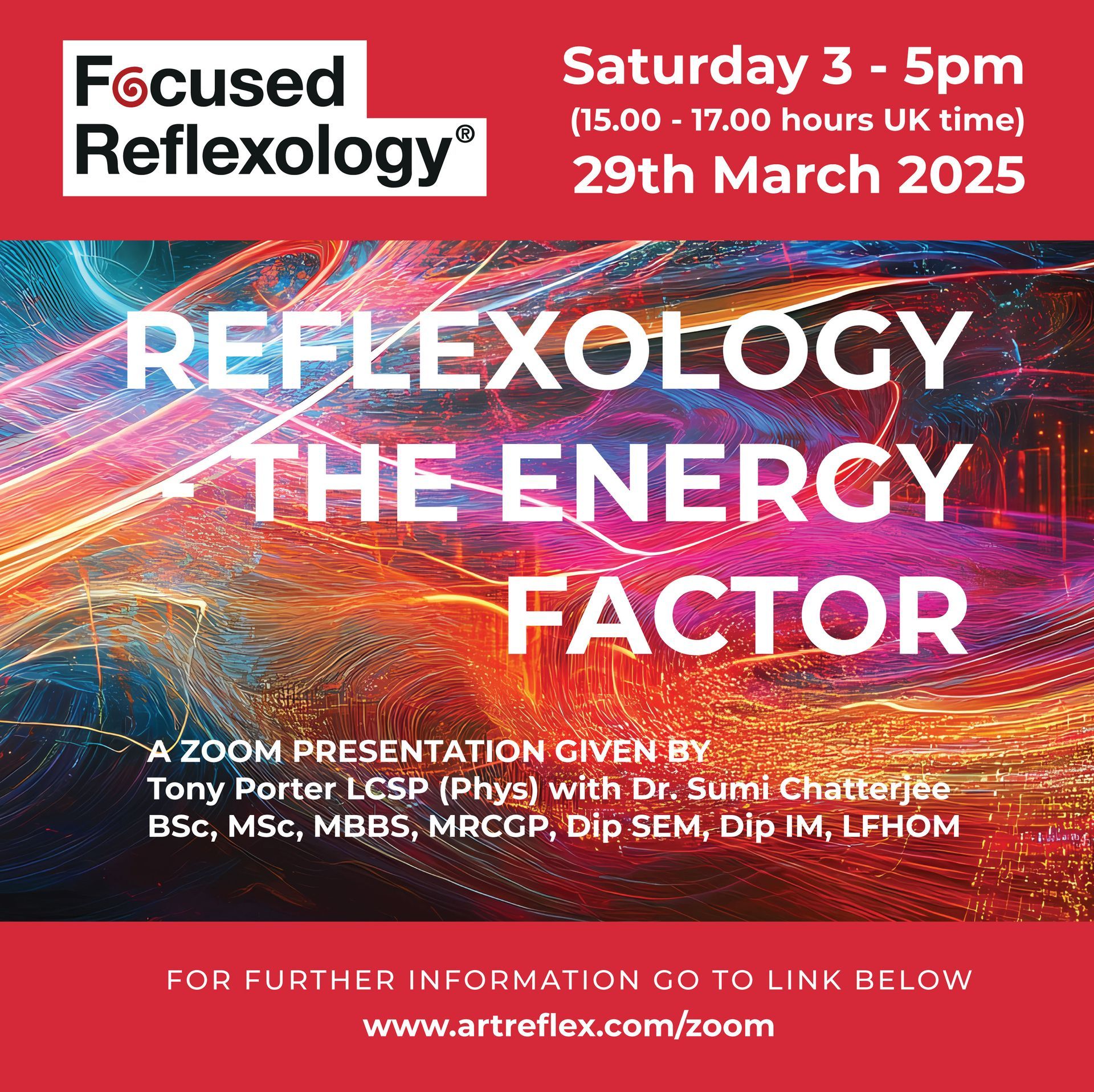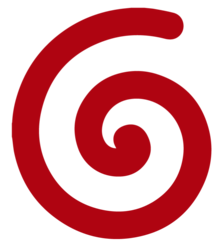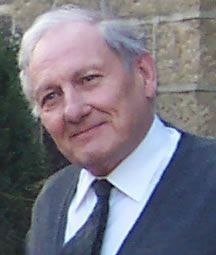STORIES THE FEET HAVE TOLD ME
STORIES THE FEET HAVE TOLD ME

My lifetime career in reflexology led me to discover the effects of the various types of reflex contact on the therapy's therapeutic outcomes.
It also taught me that because of the variations of foot structure, texture, temperature, and not forgetting the unique electrical potential of each client, the reflexology practitioner needs to be able to adapt to these variations by applying different techniques. To be able to understand this we need to start with the reflex and what it indicates.
What does a painful reflex indicate?
One of reflexology's mantras is that a painful reflex indicates a disturbance in its related area and, therefore, needs to be 'worked out'. Although this can have credibility, it is often not the case.
However, today, few reflexologists work with this in mind and perform a general application (of various values) to the feet, usually dripping in a lubricant and oblivious to the reflex status of their client. This is a great pity as it does little to utilise the therapeutic potential of the therapy.
The reflex is what defines reflexology — it is, after all, where it derives its name, and because of this, it should be the focus of attention.
The problem is that most reflexology practitioners are working the wrong way round — they work the reflexes they think should be worked. Instead of letting the reflex's tone or texture indicate if a reflex needs to be 'worked' or not, i.e., 'Stories The Feet Can Tell'.
It may take time to develop the necessary tactile awareness to be able to work in this manner, but once you do, rewards both to clients and your practice will be immense.
The type of contact is paramount
The way the contacts are applied to the reflex is paramount to the effectiveness of each treatment session. For example, the type of contact, its angle, duration, and the hand making the contact produce different effects. The practitioner's position in relation to the foot being treated and the way the feet are placed on the treatment surface are also important factors. The frequency of treatments is also important.
I am not suggesting or recommending that you treat in the way I explain next as it requires much experience and a command of different technique protocols. I have only included it as a point of interest on another potential of reflexology.
I have found that short treatments of twenty minutes (sometimes less) repeated twice daily (I have used it three times daily in a hospital setting) bring, about remarkable benefits. Of course, this is more convenient in a clinical situation.
The techniques and protocol need to be thoroughly learnt and understood before attempting to work in this way.
Don't place your faith on charts!
Reflexology charts are obviously of value, as they indicate the main reflex areas. However, they can create a dependence which masks the interrelationship between the structures and systems of the body, where a seemingly unrelated reflex can be the key to helping the presenting ailment. For example, a disturbed Liver reflex could be the key to alleviating a shoulder problem.
Another example is a case of neck pain with associated restriction of movement. Going by the chart, the practitioner 'works' the neck reflex areas and becomes frustrated when the condition remains unchanged.
I have seen the interrelationship of the body in action not only through reflexology but also through abdominal massage. An example is when a client presents with a tight and painful upper back with an associated restriction of the neck.
This is can be resolved through abdominal massage. This 'release' was most likely brought about by the 'freeing' of the diaphragm with an associated Vagus nerve response. How often would the diaphragm reflexes be associated with a neck condition in reflexology unless you work in the way I mentioned?
The same applies to conditions affecting other systems of the body. Everything is connected by the fascia. This is why a stubborn case of low back pain can often be resolved through a general foot massage given with authority without focusing on the spinal/structural related areas.
There needs to be a paradigm shift in the understanding of reflexology. One way of bringing this about is to 'Treat what you find and not what you are looking for'!
Best wishes
Tony Porter



